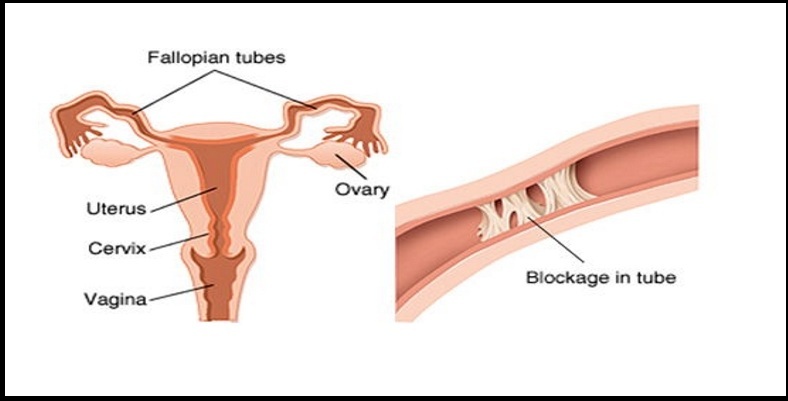
Tube Recanalization
- Description
- Faq's
What Is Fallopian Tube Recanalization?
Fallopian tube recanalization (FTR) is a nonsurgical procedure to clear blockages in the fallopian tubes, part of a woman’s reproductive system.
What are fallopian tubes?
The fallopian tubes are important for female fertility. They are the passageways for the eggs to travel from the ovaries to the uterus. During conception:
- The ovary releases an egg, which travels into the fallopian tube.
- Sperm travels into the fallopian tubes to fertilize the egg.
- The resulting embryo is nourished and transported to the uterus where the pregnancy continues.
A common cause of female infertility is a blockage of the fallopian tubes, usually as the result of debris that has built up. Occasionally, scarring from surgery or serious infection can lead to a blockage as well.
What happens during a fallopian tube recanalization?
Fallopian tube recanalization (FTR) is a nonsurgical procedure our interventional radiologists use to treat these blockages. Recanalization is the medical term for “reopening.”
During the procedure, which does not require any needles or incisions, we will:- Place a speculum into the vagina and pass a small plastic tube (catheter) through the cervix into the uterus.
- Inject a liquid contrast agent (sometimes called a dye, although nothing is stained) through the catheter.
- Examine the uterine cavity on a nearby monitor using an X-ray camera.
- Obtain a hystero-salpingogram or HSG. Literally, that means a "uterus-and-fallopian-tube-picture.”
- Determine if there is a blockage and if it is located on one or both fallopian tubes.
- Thread a smaller catheter through the first catheter and then into the fallopian tube to clear the blockage.
Fallopian Tube Recanalization Procedure :
The procedure is done under sterile conditions to avoid the possibility of introducing infection. The overall time to do the procedure is about a half an hour, most of which is spent in getting you comfortable, readying the equipment, and cleaning the skin. The actual time spent in evaluating and unblocking the tubes is usually only a matter of minutes and you will be able to leave about a half hour after your procedure is completed. You must be accompanied by an adult who can take you home afterward. The doctors will explain to you and your companion the results and a letter will be sent to your doctor as well.
Preparation for the FTR procedure :
Two days before your procedure, your gynecologist will prescribe an antibiotic called Doxycycline to be taken twice a day, which you will continue up to and after your procedure for two more days. Since FTR is sometimes uncomfortable (though usually much less than a hysterosalpingogram, owing to much more delicate equipment being used), an intravenous line is placed prior to the procedure. Short-acting medications will be given for relaxation and pain relief. For this reason, you will be instructed to not eat anything after midnight the night before. You will also be asked to take Ibuprofen 400 mg (2 pills) the night before and the morning of your procedure.
Outcomes for fallopian tube recanalization :
Usually, both fallopian tubes can be unblocked. On average, about a quarter of couples will conceive, most within a cycle or two. The FTR procedure was timed so that there was no risk of being fertile at the time of your procedure. You may begin trying to get pregnant again once the spotting has stopped, and don't have to wait an extra cycle in between. Douching is not advisable in general, but particularly after the FTR because the cervix may be slightly open for a day or so.
Successful FTR and pregnancy are lower when severe scarring is present from prior surgery or bad infections, such as PID (Pelvic Inflammatory Disease). FTR unclogs the tubes, but does not reverse the process at work that caused them to become blocked in the first place. For that reason, about 1/3 of patients will reocclude their tubes by about 6 months. You may wish to consult your doctor if you have not gotten pregnant after 6 months and he or she is thinking about enhancing your fertility, such as giving you injections to stimulate your ovaries. It is advisable in that case to make sure that your tubes are still open. An interventional radiologist can perform an HSG and safely repeat the FTR if blockage is again found.Side effects of fallopian tube recanalization:
Most women will have a little spotting for a day or two afterward. We will give you a pad in recovery and you may wish to have some pads at home in case of spotting. There should be no lingering pain or other unpleasant sensation. If you experience pain, cramps, fever, or vaginal discharge, please contact your gynecologist immediately. If he or she is unavailable, contact Stanford Interventional Radiology and we will help with your problem.
